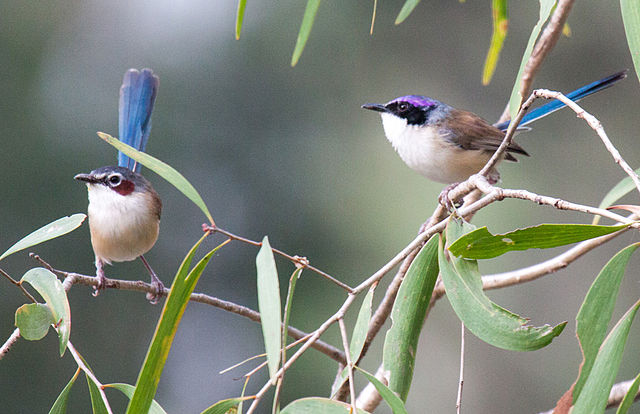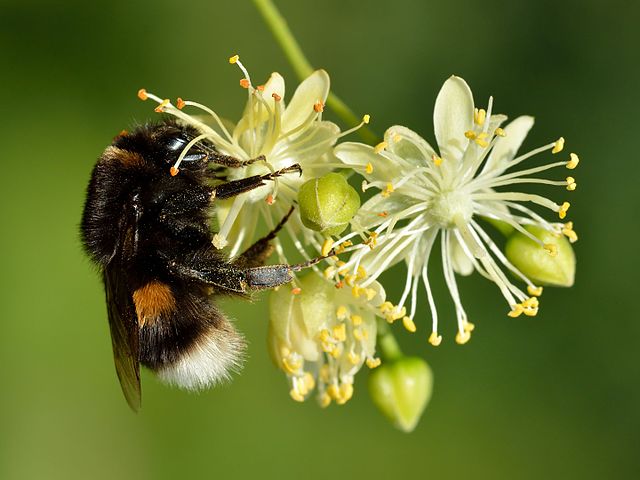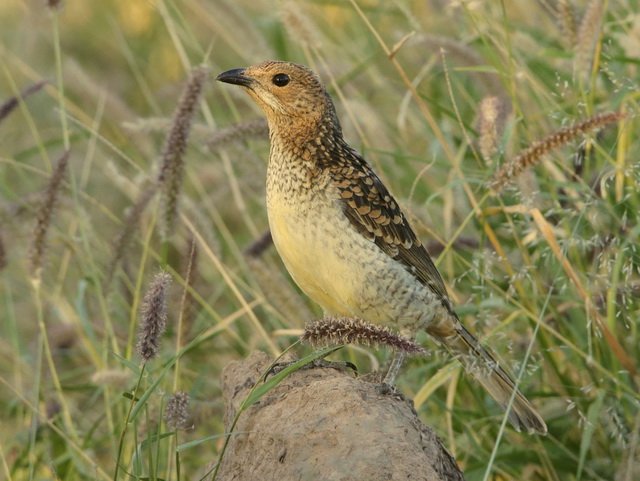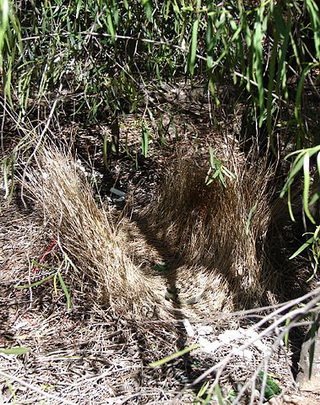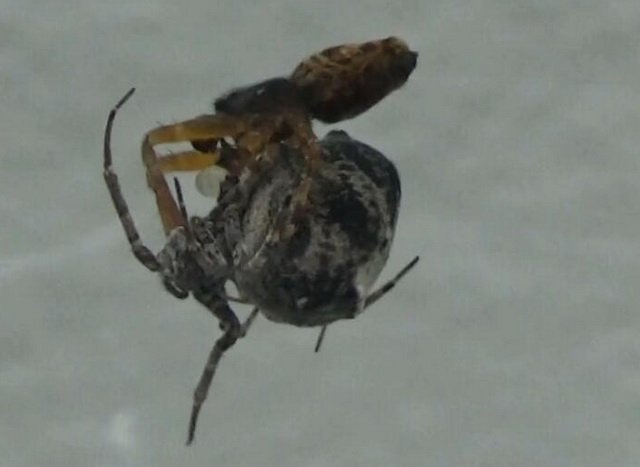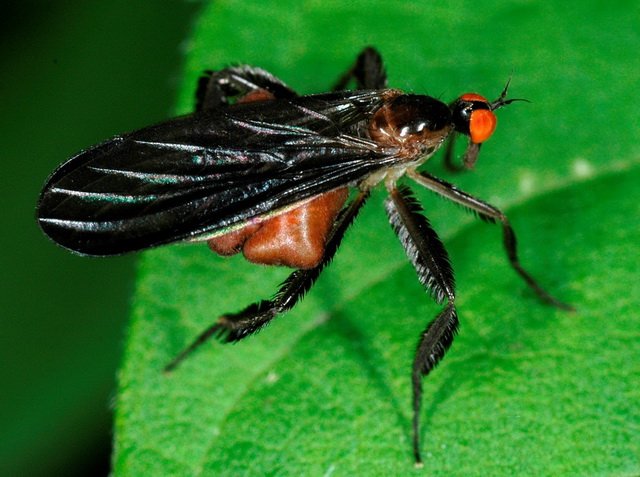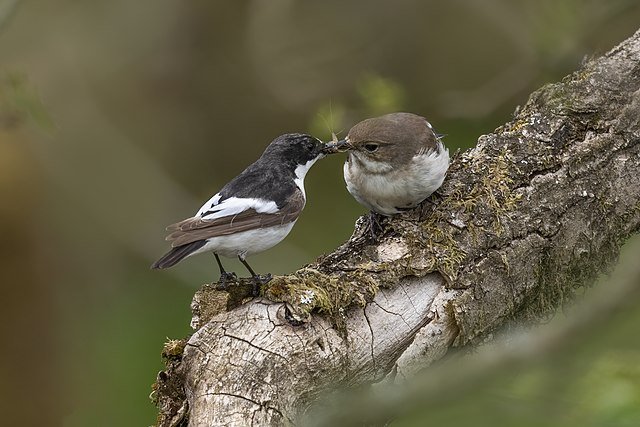Bizarre deep-sea anglerfishes thrive in challenging environment

Deep-sea anglerfishes are a large group of animals with bizarre reproduction modes that live in the inhospitable deep sea. Chase Brownstein and colleagues outline the evolutionary history of this group.
The pitch-dark, oxygen-lacking, cold, almost empty deep sea is a difficult environment to live in. But the common ancestor of deep-sea anglerfishes moved into this environment and the fish became highly successful from an evolutionary perspective: there are about 170 species. Chase Brownstein and colleagues describe how this animal group arised and flourished.
Deep-sea anglerfishes (Ceratioidea) may be the strangest animals around. Females are clumsy animals that can barely swim. They lure their prey with a ‘fishing rod’ growing from their heads with a luminous end. Males are much smaller than females and do not eat anything at all. They swim around looking for a mate. Upon finding a female, a male attaches onto her abdomen with his teeth and when she lays eggs, he fertilizes them. In some species, this biting results in a fusion, in which the male turns into a sperm-supplying appendage to his partner, deriving nutrition from her through a shared circulatory system: sexual parasitism.
It was this bizarre and unique method of reproduction that enabled colonization of the deep sea.
Sex guaranteed
The deep-sea anglerfishes are part of the order of the anglerfishes (Lophiiformes). Their closest relatives live on seafloors, where they lie still or ‘walk’ on their pelvic fins. About 50 million years ago, the ancestor of the deep-sea anglerfishes split from such bottom dwellers and moved to the open deep sea. This happened at a time when the Earth was warmer normal, and many species in oceans went extinct. Perhaps the seafloor became less suitable as a place to live. In any case, the deep sea was a new environment where deep-sea anglerfishes underwent a period of rapid specialization and speciation.
A major problem in the deep sea is reproduction. Because there is little life, fish live in low densities. The chance of encountering a mate is small, and the chance that two conspecifics will meet each other when both are ready to reproduce is extremely small. Here, the unique method of reproduction in deep-sea anglerfishes was helpful. The researchers think that they practiced sexual parasitism from the beginning. As a result, a male only once had to find a female and it did not matter when he met her. Because he attached and did not let go, the two were assured of sex: he was ready to deliver his sperm as soon as she could lay eggs.
This is still the case in many species, but other species arose in which the male attaches to a female only temporarily.
Fortunate combination
Sexual parasitism, with dwarf males attached as sperm sacs, does not otherwise occur in vertebrates. How did it arise in deep-sea angler fishes? The researchers point to two developments that were taking place. First, there was a trend for male anglerfish to be smaller than females. Second, anglerfishes reduced their immune system, especially the acquired part, which builds up protection against specific pathogens or parasites that it has been exposed to. How these fishes do defend themselves against diseases is still unknown.
The deep-sea anglerfishes took both trends to the extreme: males are no larger than necessary to swim to a mate and produce sperm. And the acquired immune system has largely been dismantled, so that males can parasitize on females without any problems.
So, it was a fortunate combination of circumstances and characteristics that drove the deep-sea anglerfishes to the challenging deep sea and made them successful.
Willy van Strien
Photo: Female Humpback anglerfish (Melanocetus johnsonii), which belongs to deep-sea anglerfish. Fernando Losada Rodríguez (Wikimedia Commons, Creative Commons CC BY-SA 4.0)
More about tiny deep-sea anglerfish males that parasitize on females
Source:
Brownstein, C.D., K.L. Zapfe, S. Lott, R. Harrington, A. Ghezelayagh, A. Dornburg & T.J. Near, 2024. Synergistic innovations enabled the radiation of anglerfishes in the deep open ocean. Current Biology 34: 2541-2550. Doi: 10.1016/j.cub.2024.04.066


